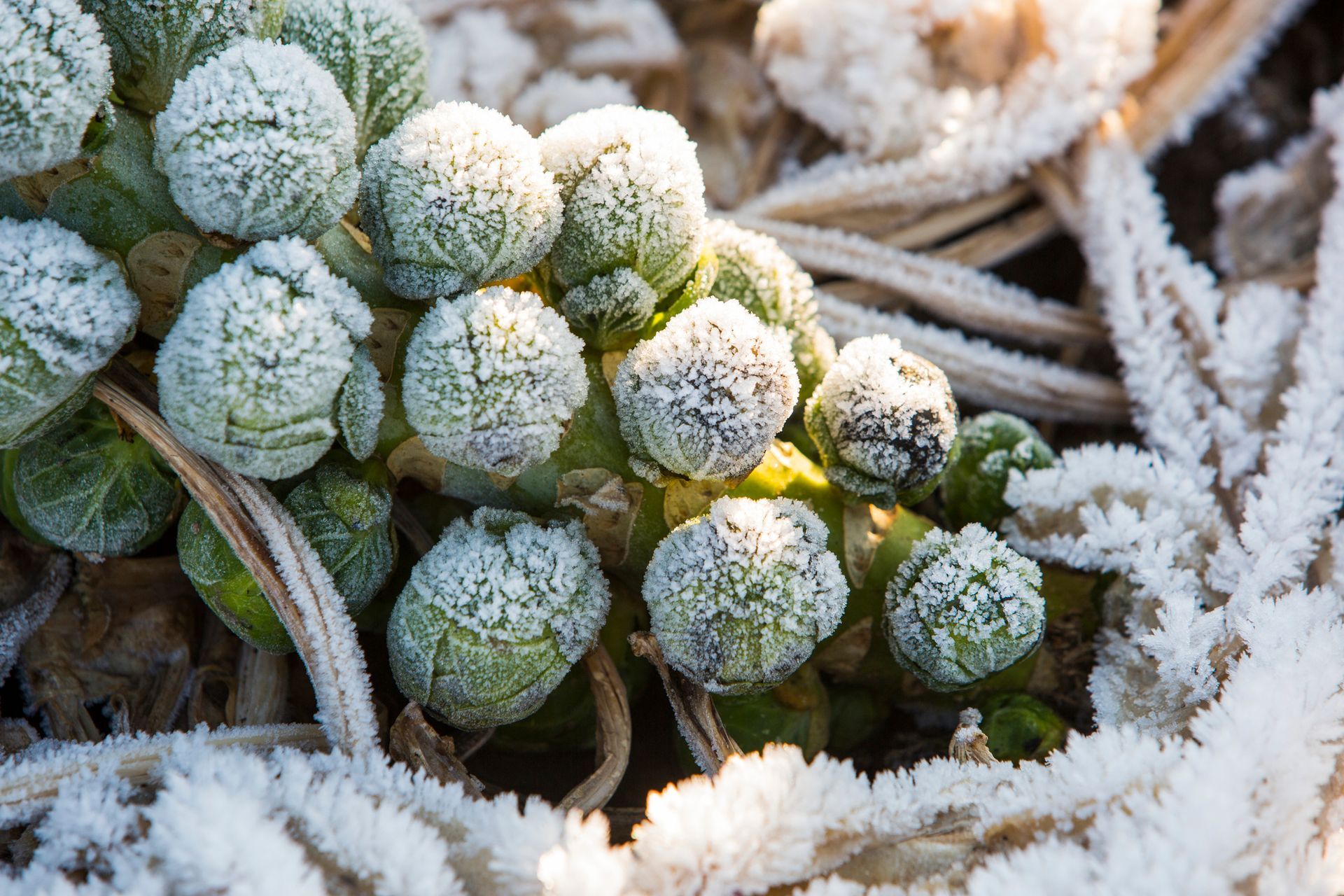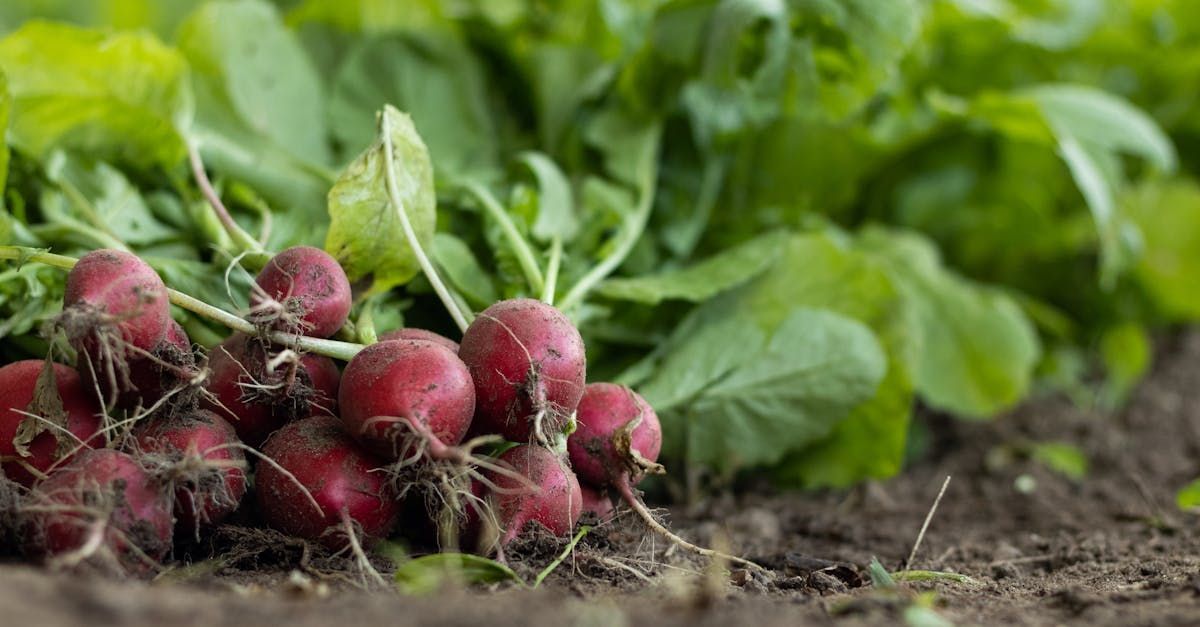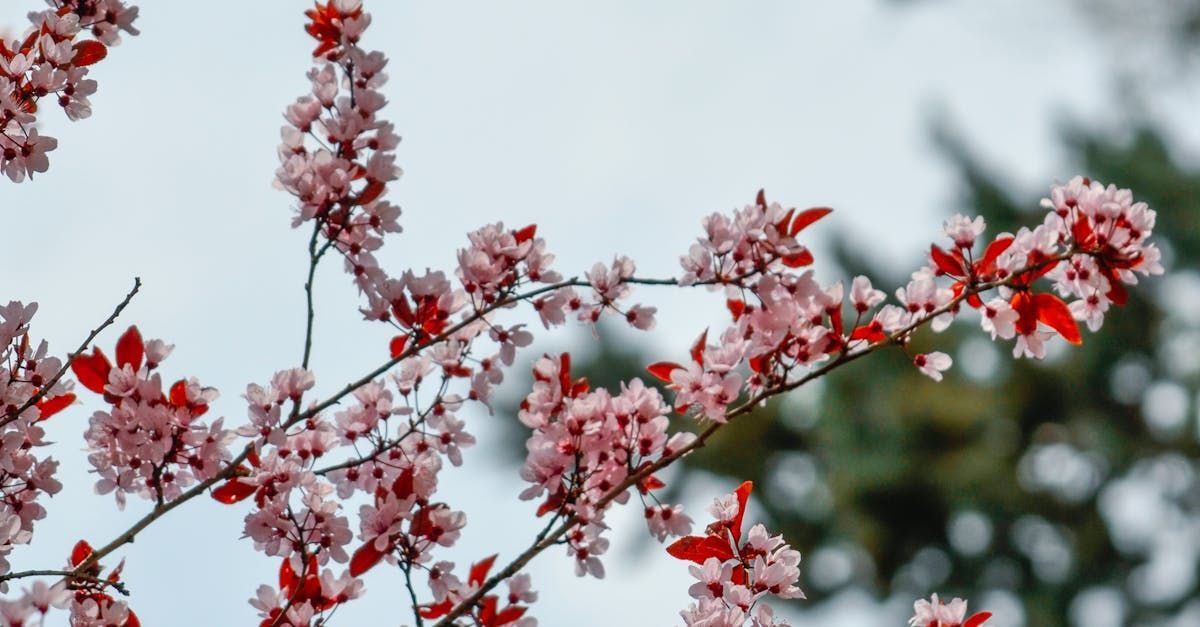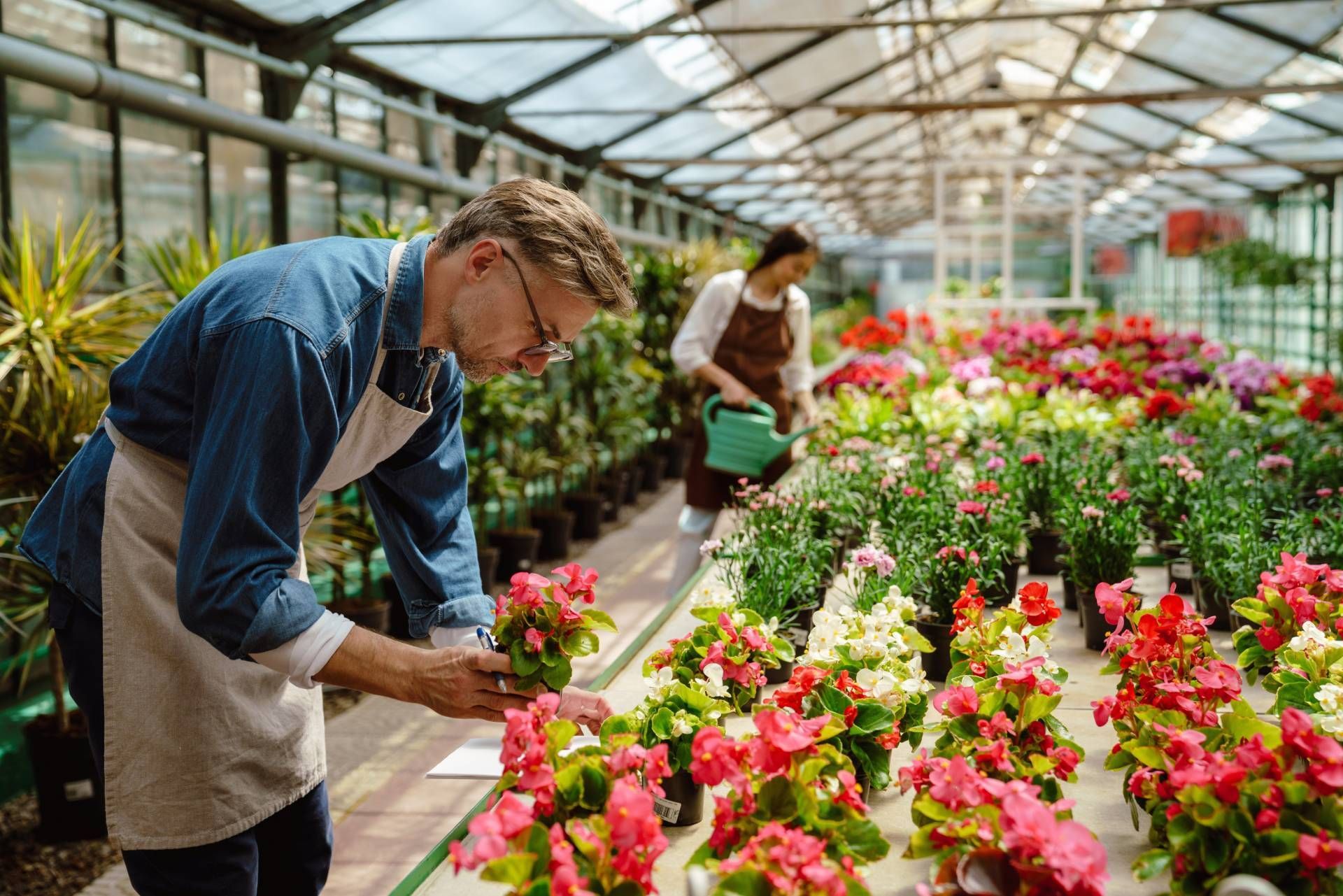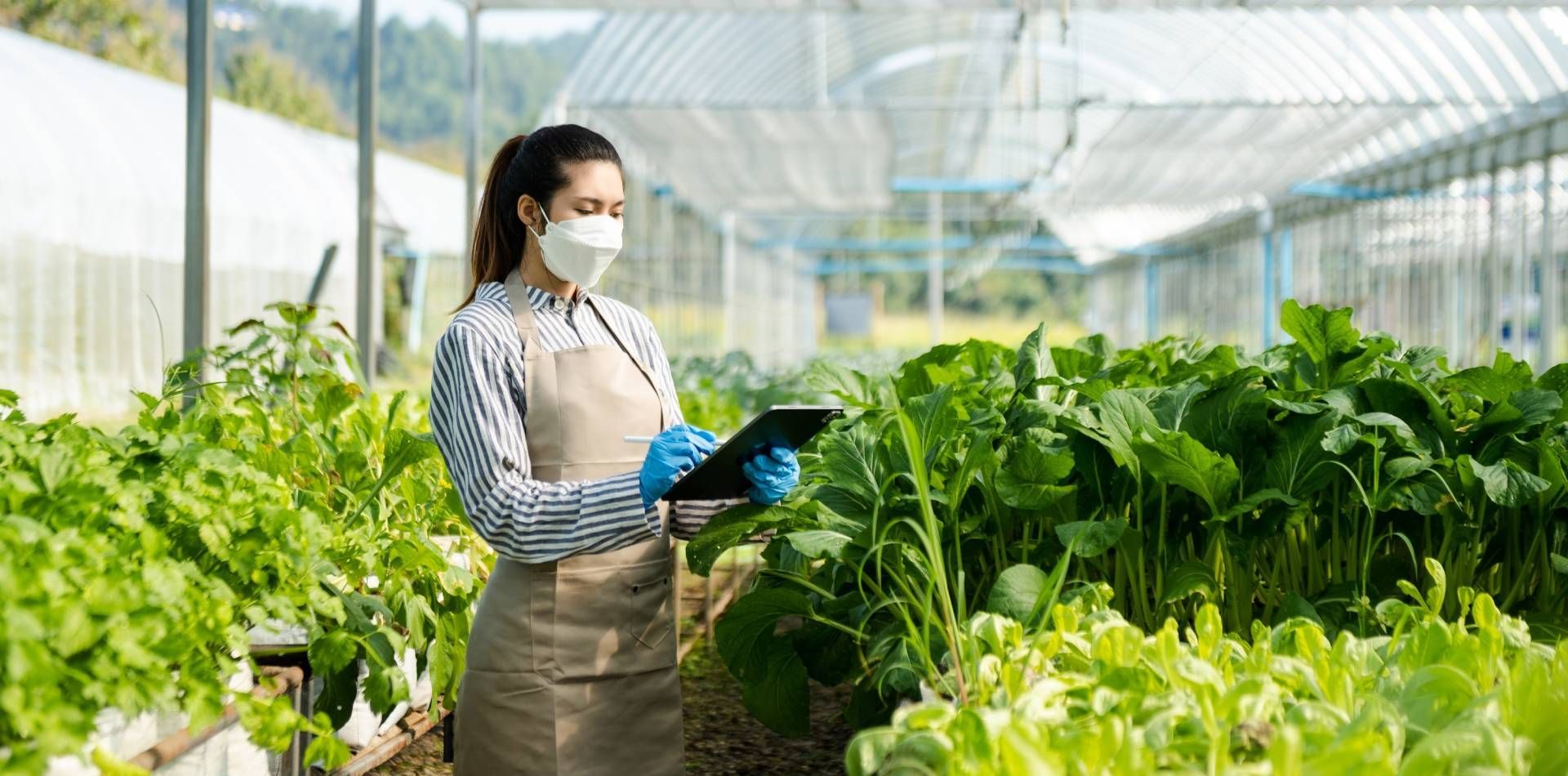Microelements for plants: what is important to know?
Stefano Di Pietro • 15 febbraio 2021
The cultivation of plants, flowers and vegetables has always been a highly appreciated activity by people when they have the opportunity to practice it: managing a small vegetable garden can give enormous satisfaction as well as lighten the expenses in fruit and vegetables.
In recent years, people's interest in the use of organic and mineral fertilizers has also increased: two natural products with no contraindications that, when dosed correctly, can ensure the health and luxuriant growth of plants. Especially in the field of mineral fertilizers, the importance of replenishing the soil with certain substances and the signs to recognize what plants need are increasingly known.
How to use of mineral fertilizers
When using mineral fertilizers it is always good to remember that the dosage is essential to ensure a beneficial effect: an excess of substances can make it difficult for plants to absorb due to saturation, especially based on the pH of the ground. For this it is important to follow the recommended dose on the package or from the retailer.
The other important aspect to remember is that plants show their deficiencies in a visible and unmistakable way: depending on the color of the leaves, following premature wilting or poor growth, it is possible to understand which mineral to add to the soil. Learning to recognize these signs is therefore extremely useful and important.
The most useful microelements for crops
Useful microelements for the soil can be divided into two groups, the main and most often necessary ones and those required only in certain situations. Nitrogen, phosphorus and potassium are the fundamental elements for plant growth and ensuring availability with specific fertilizers is always a good practice. In some cases, techniques such as crop rotation favor the natural restoration of reserves.
The other elements are often needed in smaller quantities and for this reason the natural quantity that is formed in the ground can often suffice. When missing they can still be added.
- Calcium, essential for the growth of horticultural plants, its presence is easily measured with litmus paper. It is also essential to consider the pH, since in acid soils calcium binds to phosphorus making it impossible to assimilate.
- Iron, the main mineral for many vegetables and greens. Rarely missing, it is necessary to intervene when the vein of the leaves turns yellow.
- Magnesium, zinc, manganese and copper are always present and rarely need to be added to the soil, even for them the excessive amount is harmful and prevents plants from absorbing other substances.
- Sulfur is essential for plant growth, however its excess is able to stop it completely.
- Chlorine is rarely missing, especially since it is supplied by tap water used for irrigation. Excessive amounts of chlorine in the water are however extremely harmful to plants.
- Silicon, always present in abundance, is important for protecting plants from cryptogamic diseases.
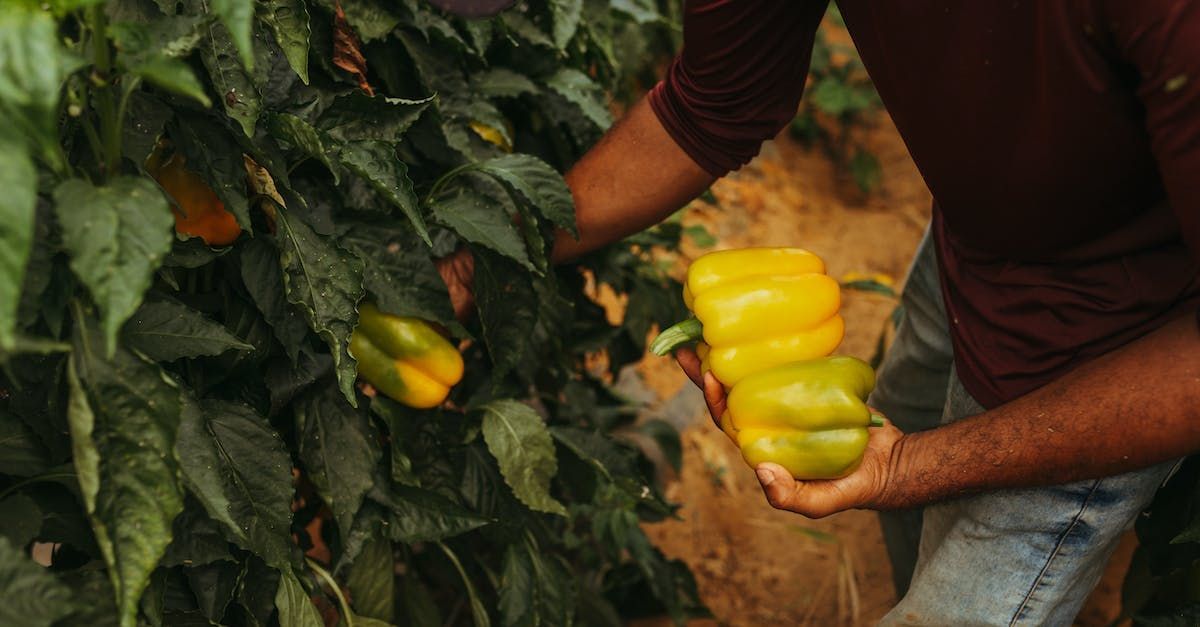
La shelf-life, ovvero il periodo di conservazione dopo la raccolta , è un fattore fondamentale per la qualità e il valore commerciale di frutta, verdura e fiori. Fortunatamente, esistono diverse strategie che, applicate già durante la coltivazione, possono aumentare significativamente la shelf-life dei vostri prodotti, riducendo le perdite e garantendo un raccolto fresco e appetibile per un periodo più lungo.

L'adozione di pratiche di concimazione mirata e l'utilizzo di prodotti di precisione non solo portano benefici ambientali, ma anche vantaggi economici per chi lavora la terra La riduzione degli input di fertilizzanti non solo preserva la salute del suolo e dell'ecosistema circostante, ma aiuta anche a contenere i costi di produzione.

Integrare i prodotti biologici e di origine vegetale nella vita quotidiana è più accessibile che mai. I mercati a chilometro zero, i negozi specializzati e persino i supermercati tradizionali offrono una vasta gamma di opzioni che consentono a chiunque di abbracciare uno stile di vita più sano e sostenibile.








